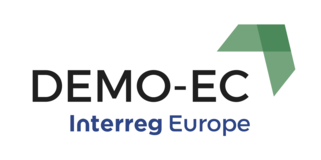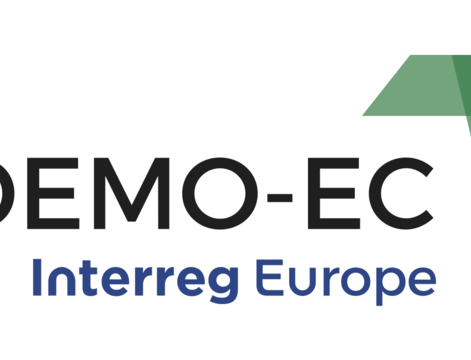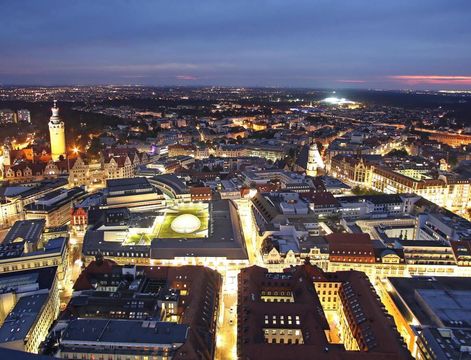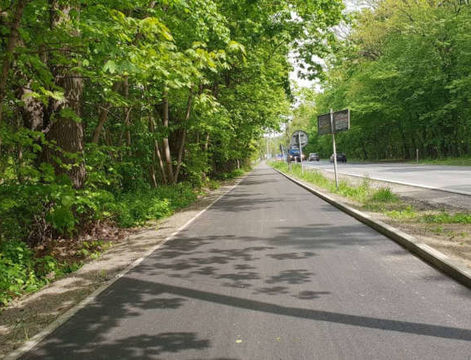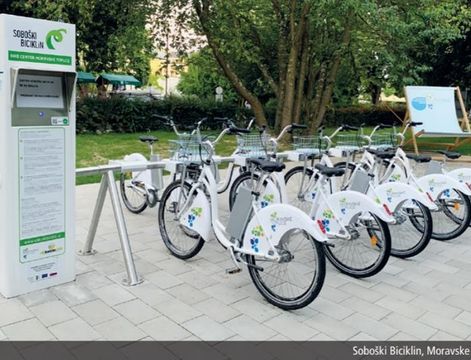The meeting of the project advisory board, in German “Projektbeirat”, took place on the 14th of November in the “Turmzimmer” of the new city hall of Leipzig.
The project advisory board of regional and local actors accompanies the development of the project. The different interests of the specialist public such as a political faction, city administration, chambers, associations and federations, are invited to attend the regularly scheduled project advisory board meeting and to deepen the discussions in our project.
At the last meeting in April 2019 45 persons participated in the meeting, this time 41 participants joined the meeting (unfortunately not all of them signed the list of participants). Interesting at this time was, that more stakeholders than before from retail were present, we think this can be related to the 3rd Newsletter “Ring frei! Der Newsletter zum Stadtraumkonzept”, because in this edition was an interview with Mr. Ohme from the City Marketing as member of the project advisory board meeting. And also Mr. Jana, the head of the department for traffic planning and road construction joined the meeting, which is an important decision maker in the whole urban space concept.
The discussion was about:
• Where are the starting points for the ABD in the urban space concept? When dealing with monuments, one first of all thinks that they are a taboo. The Basis is the Saxon monument protection law, which states that all changes to monuments are subject to authorization. Necessary change processes may be prioritized (eg in terms of traffic) and become accompanied by ABD.
• With all the bandwidth of a developing city and a non-expanding public space in the plane the subject tunnel and the topic "upwards" the direction in the we can shift transport around. The subject of cable car should not be dismissed as impractical after brief consideration. We have hardly any surface in width for development, in particular, if additional green areas are to be developed. So far no possibilities were excluded. All 31 options were considered in the previous consideration.
• It should not just be a discussion of different transport modes, but also an overarching design of traffic movements in the sense of promoting the local mobility. So can decisions in the outer districts also have a major impact on traffic in the city city. Out of the traffic concept is in the course of previous analysis the urban space concept has arisen. Therefore, such considerations naturally play a role.
• The 8 nodes of the promenade ring are so large that only residual spaces remain, with which one you can’t do anything. The planning cases are difficult to understand, as one usually has no access to the simulation software. This makes the red mark in the maps difficult, because it is not clear which prognosis was assumed. The basis is the null case described at the beginning.
• From the point of view of dealers in the city center, there is the fear that a major re-education process will happen there. How do we take the fear of the people about this change? It is a prerequisite that the alternative offer to the car is better. This must be specifically promoted.
• In 15-20 years, there may be few or no pedestrians left. Every movement eventually has its countermovement. In that sense, I do not think that we will ever walk any more. High quality foot traffic will continue to play a role in Leipzig in the future.
As always, the project advisory board meeting will be documented at the urban space concept website www.leipzig.de/stadtraumkonzept and all presentation will be available as download.
